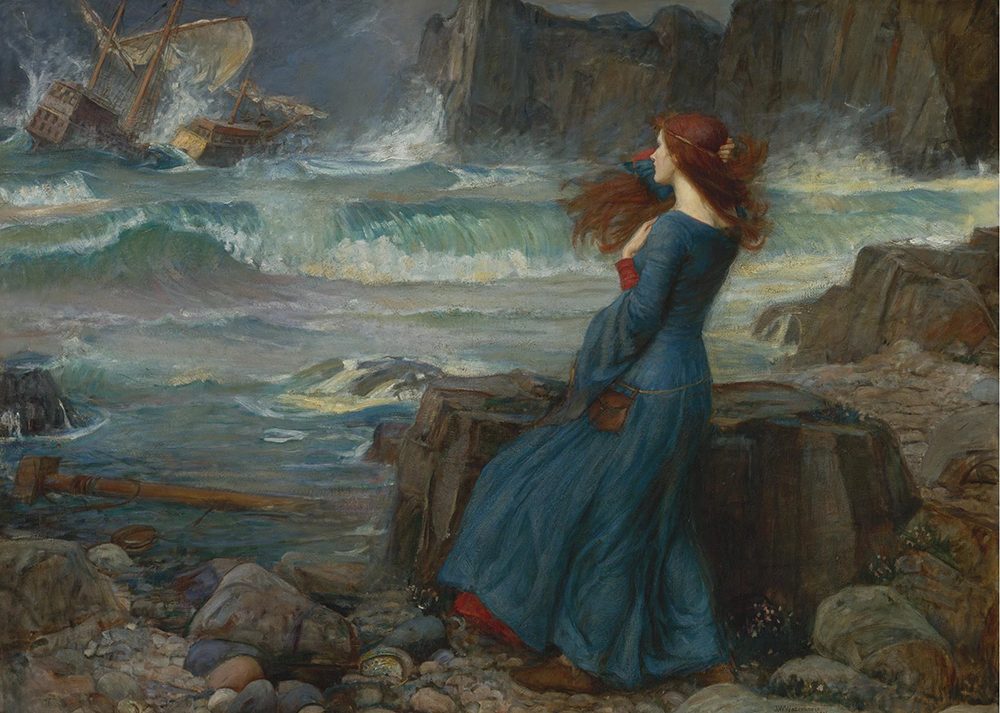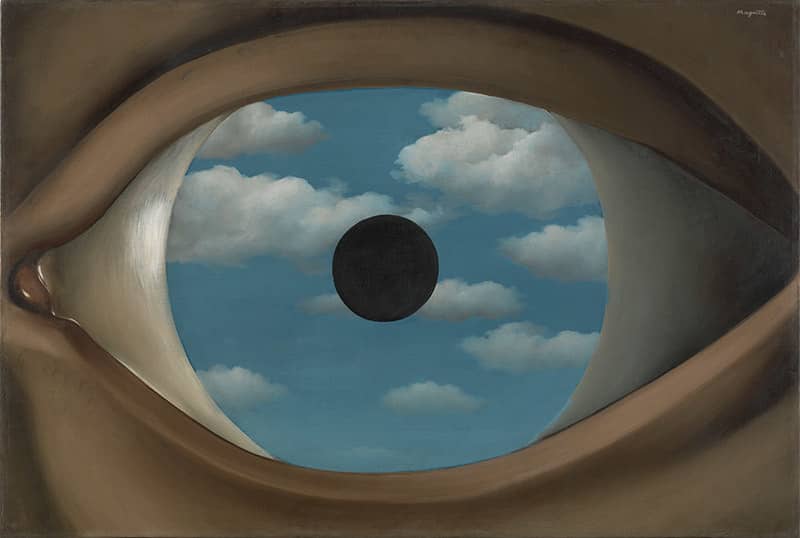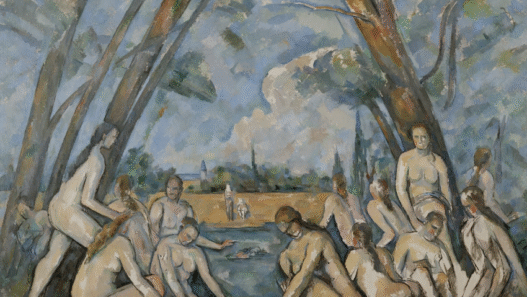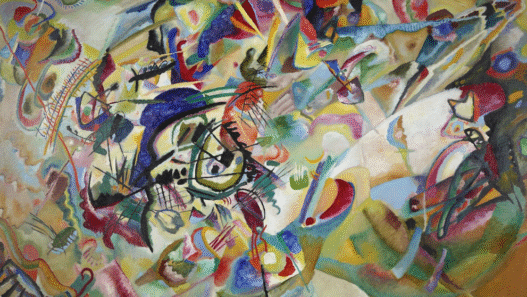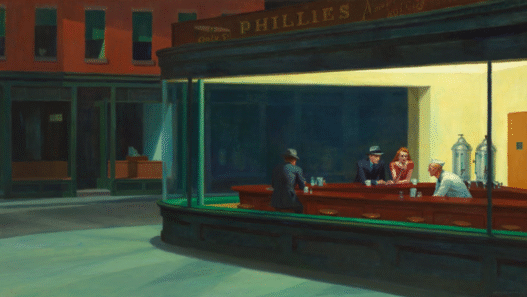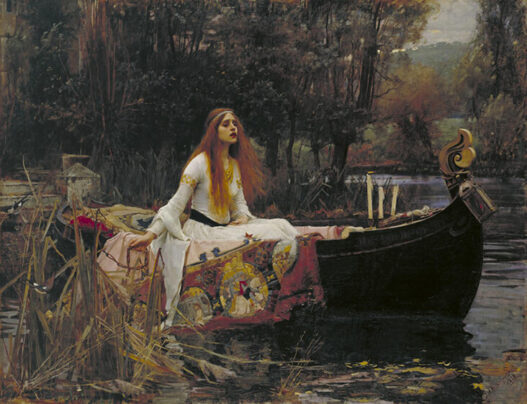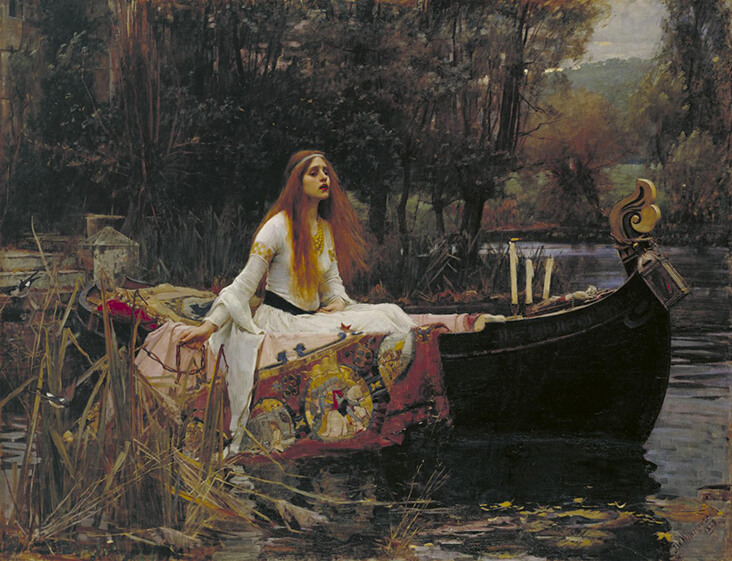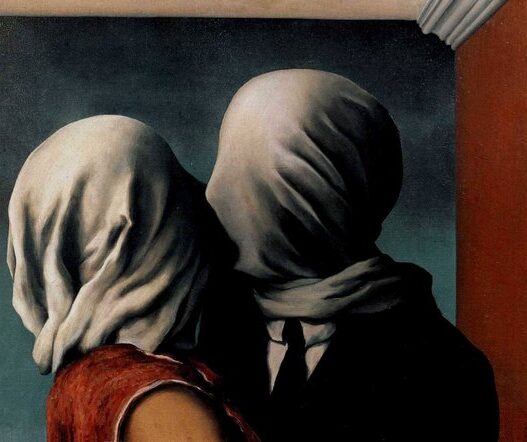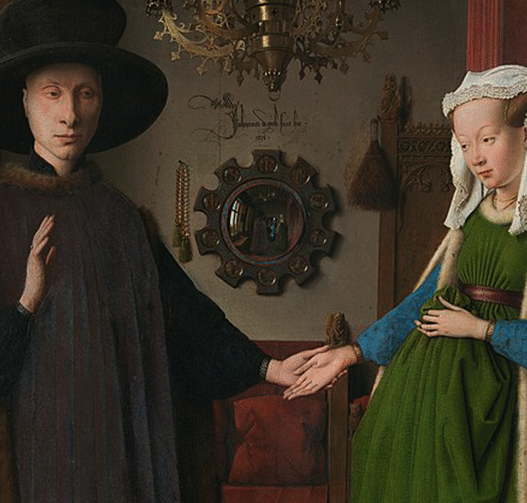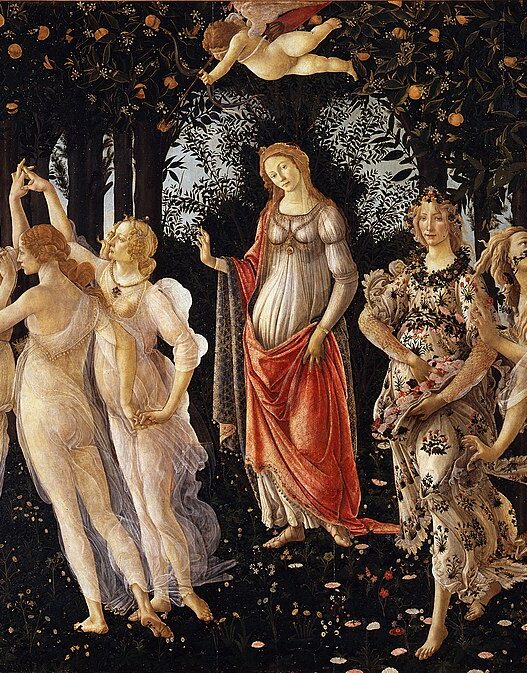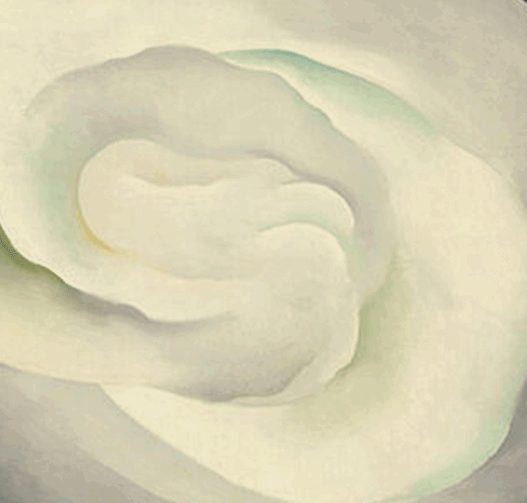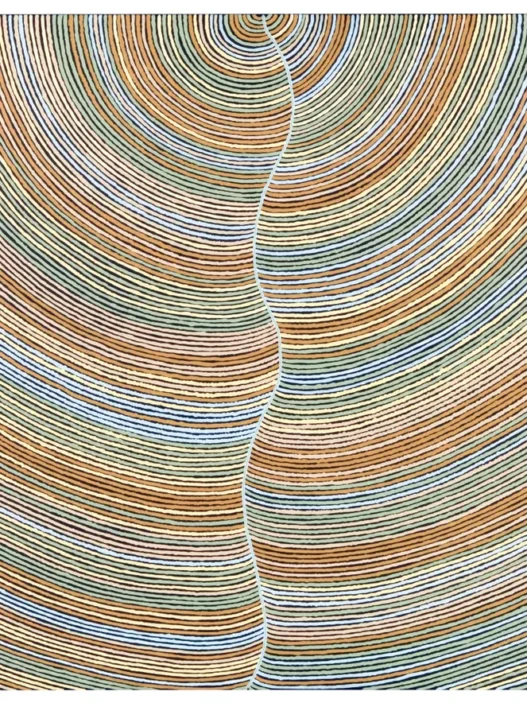One of the most haunting and celebrated examples of symbolism in art is The Lady of Shalott, painted in 1888 by John William Waterhouse and housed today in the Tate Gallery, London.
Based on the famous poem by Alfred, Lord Tennyson, the work depicts the tragic moment when the Lady, cursed to view the world only through a mirror, finally leaves her loom and floats down the river toward her inevitable death.
Fact about The Lady of Shalott:
In 1916, John William Waterhouse submitted three paintings to Royal Academy of Arts: A Tale from the Decameron, “I am Half Sick of Shadows,” said the Lady of Shalott, and Miranda – The Tempest. These works reflect his shift from classical mythology to medieval and Renaissance narratives, often focusing on women in moments of revelation. This thematic change was likely influenced by a wave of patriotism during the First World War, when many artists revisited England’s literary and legendary past, including Arthurian tales and the works of William Shakespeare (Trippi, pp. 216–217).
What does heartache look like?
I still remember seeing this painting in person for the first time, not through a textbook, but standing in front of it at Tate on a cold January afternoon.
The most important thing to note is is that this painting is a love letter, spilled onto the canvas. Every stroke of light and brushed colour will evoke what it meant for the Artist John William Waterhouse to feel love and loss.
Waterhouse Classic
